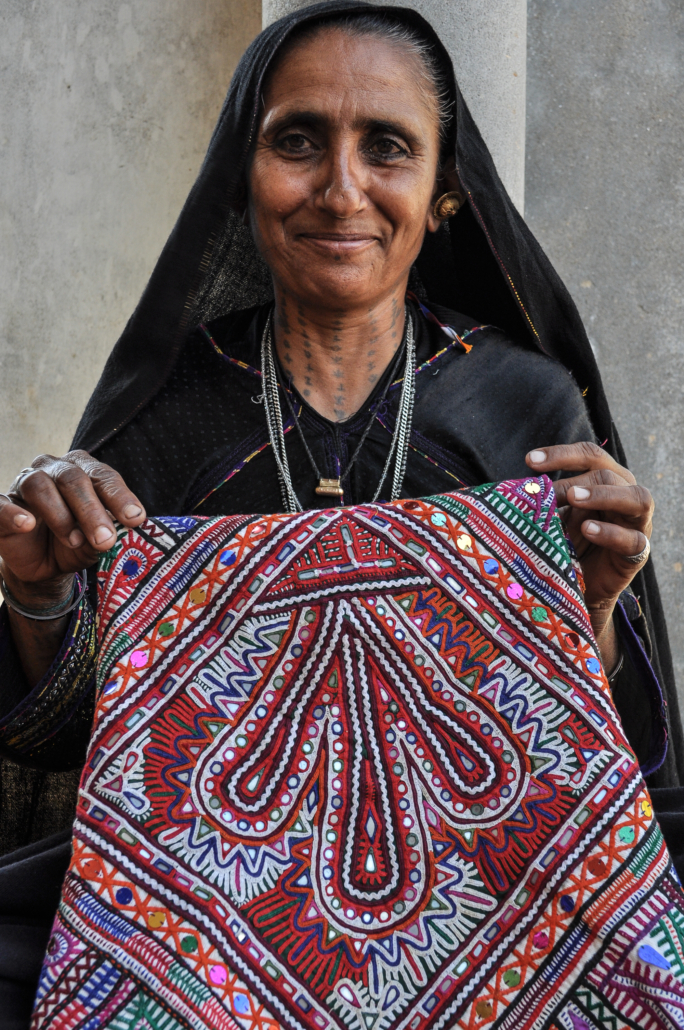Artist-Artisan-Craftsperson
 June 10, 2023
June 10, 2023
In the USA, I grew up revering Art. The distinction between art and craft was one of medium and functionality. A work on canvas hung on the wall was surely Art, but if it was cloth and useful it must be craft. Nor was art repeated. If there were many like pieces, how could it be Art? (Unless it was an etching or a lithograph!)
Working with makers in India, I came to consider other issues: identity, social status, education, and access to marketing. There could not be many unknown and illiterate artists. We needed stars, known individuals, to claim their work as Art. Was the difference between a Matisse paper cut and a Rabari appliqué shape, line, and pattern? or the artist, the gallery and the review?
The designation of makers matters because art is valued vastly more than craft. The debate also concerns cultural hierarchies. Craft connotes charming diminutive workers, while Art commands respect.
I consciously use the term “Artisan” rather than craftsperson. It is gender neutral, and it contains “art.” I asked three successful artisans of Kutch how they distinguish craft and art. Ismailbhai said, “The difference is imagination and skill.” Ali Mohamed Isha elaborated, “Art is what you do the first time; after that, it is craftsmanship.” And Lachhuben added, “Everyone can do craft, but not all can do art.” Artisan students of design turned it upside down: “Art exists. Craftsmanship is what we artisans add to it,” they said.
There is art in craft and craft in art. Artisans’ own nuanced criteria can guide us in evaluating hand work. The identity of the maker, and the medium do not distinguish artist and artisan. Art requires concept, imagination, thought. It requires intention. The head and the heart are as essential as the hands.



